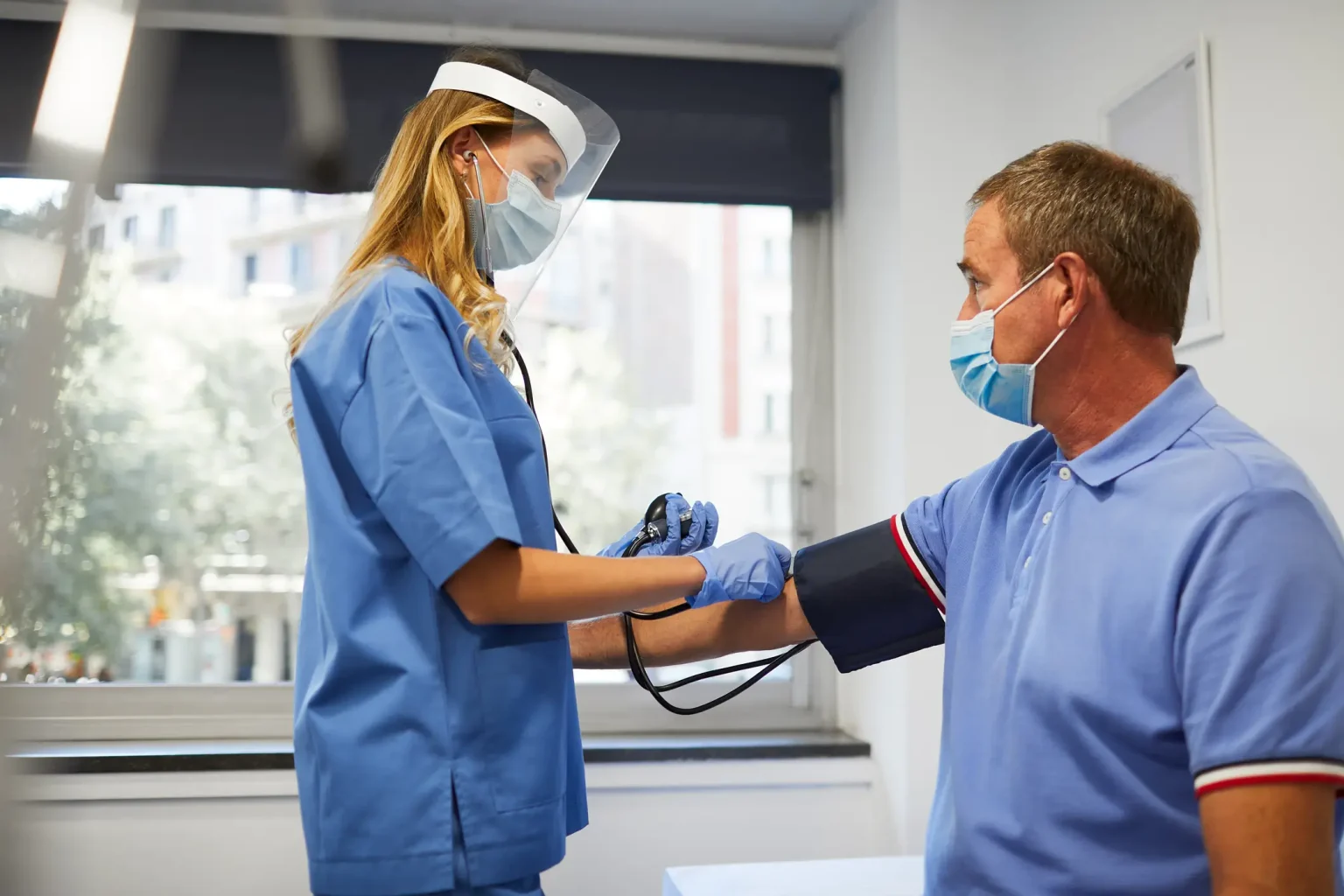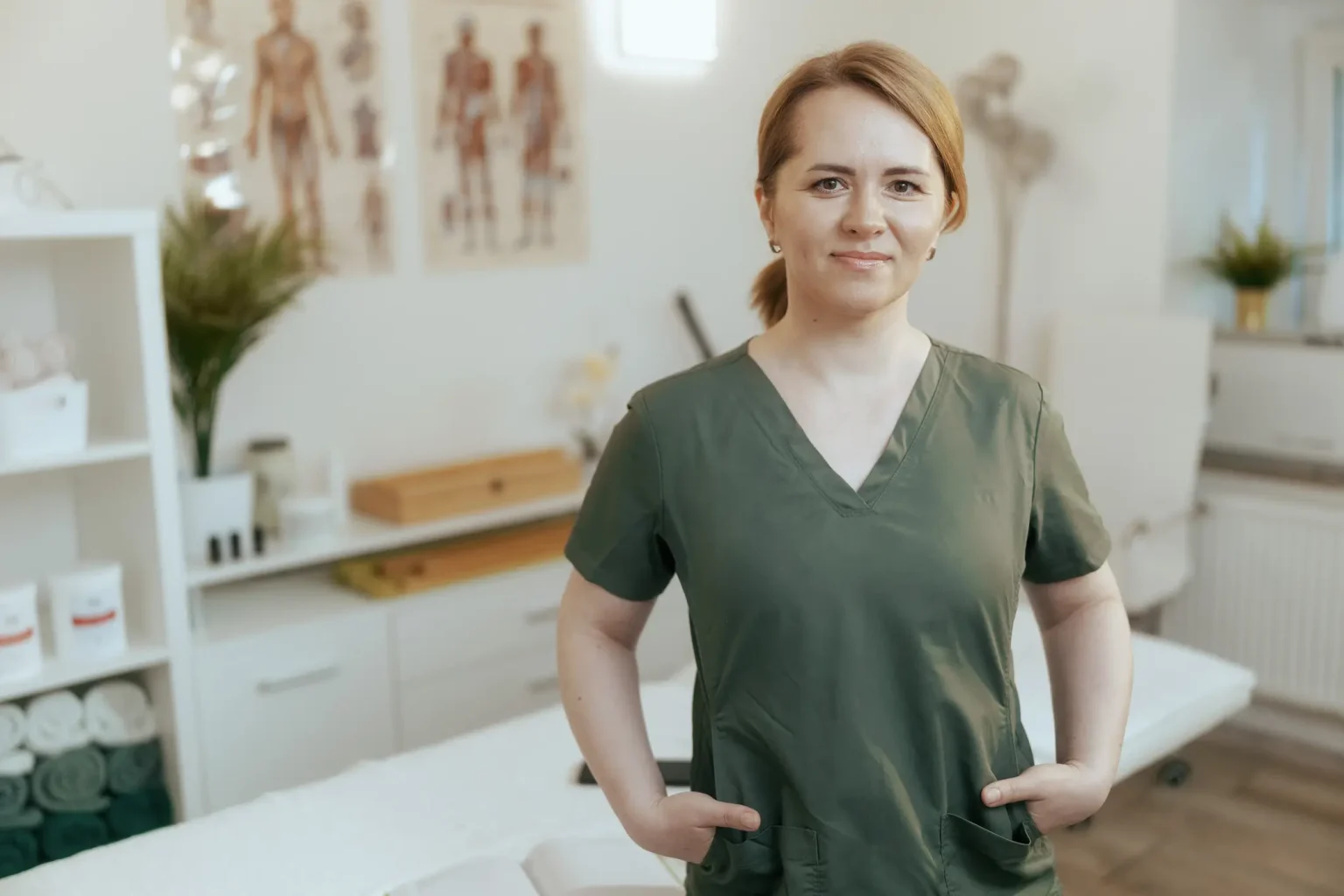
Program Path: Healthcare
Vital signs are measurements of essential body functions. Part of a physical exam provides a quick and objective way to assess a patient’s health. Taking our vital signs is a […]
Program Path: Health and Wellness
As a massage therapist, you enjoy the satisfaction of contributing to a person’s health and well-being. However, it is important to note that being a massage therapist requires strength, dexterity, […]


Program Path: Legal Studies
Are you interested in legal work but don’t want to attend University for 6 to 8 years to become a lawyer? The good news is that you have options. Becoming […]
Call Us Today or Complete The Form at the Top of The Page to Take the Next Step Toward Your New Career!

Gwinnett
Colleges & Institute
Gwinnett Colleges and Institute cannot guarantee employment or a minimum starting salary upon graduation; however, placement assistance is available upon successfully completing the selected program.
For state authorization and accreditation information, please refer to the location page associated with the campus you are interested in.
Disclosures and Catalogs
For Consumer Information, Disclosures, and Course Catalogs, please click the above link.
Sources and related content